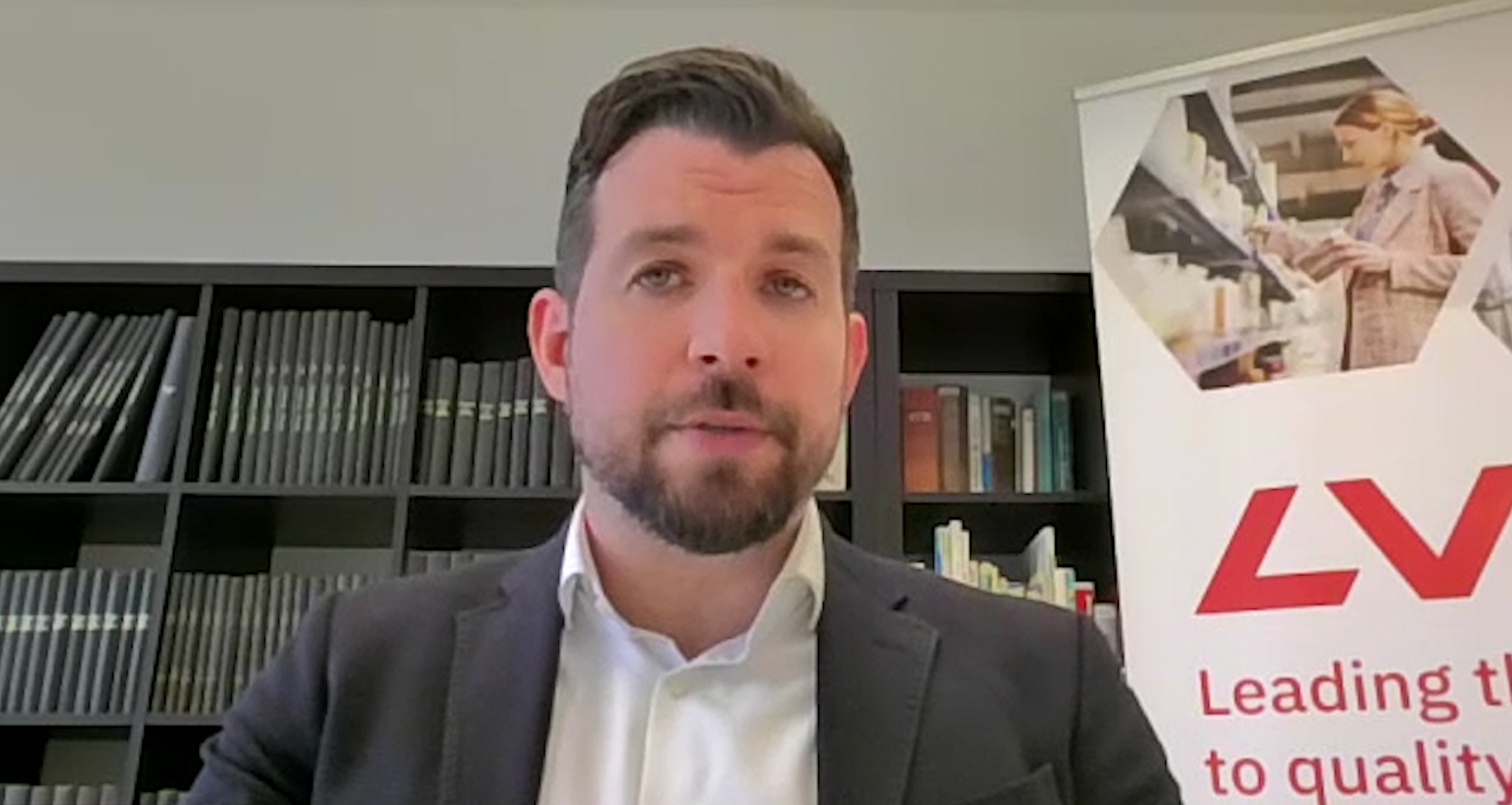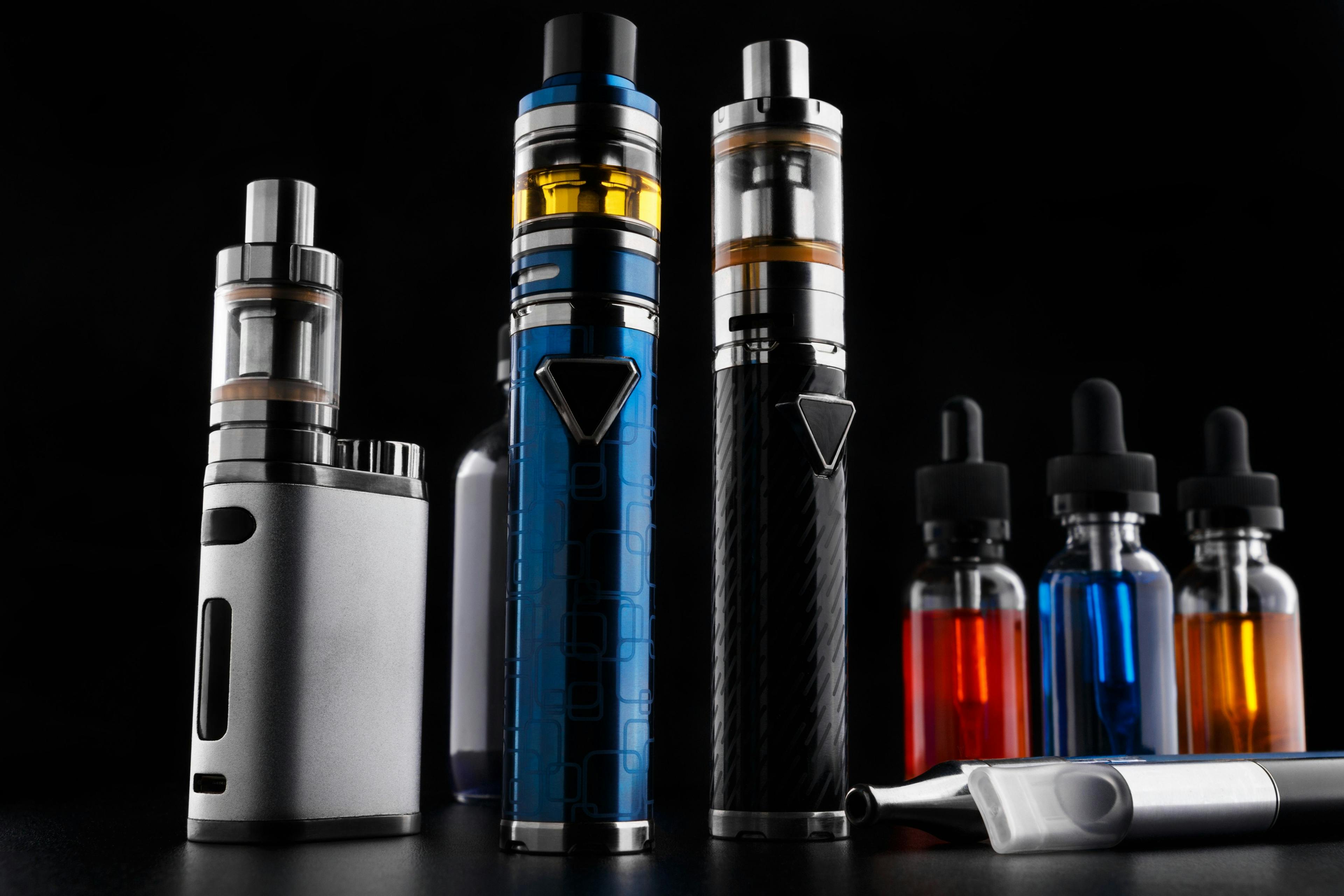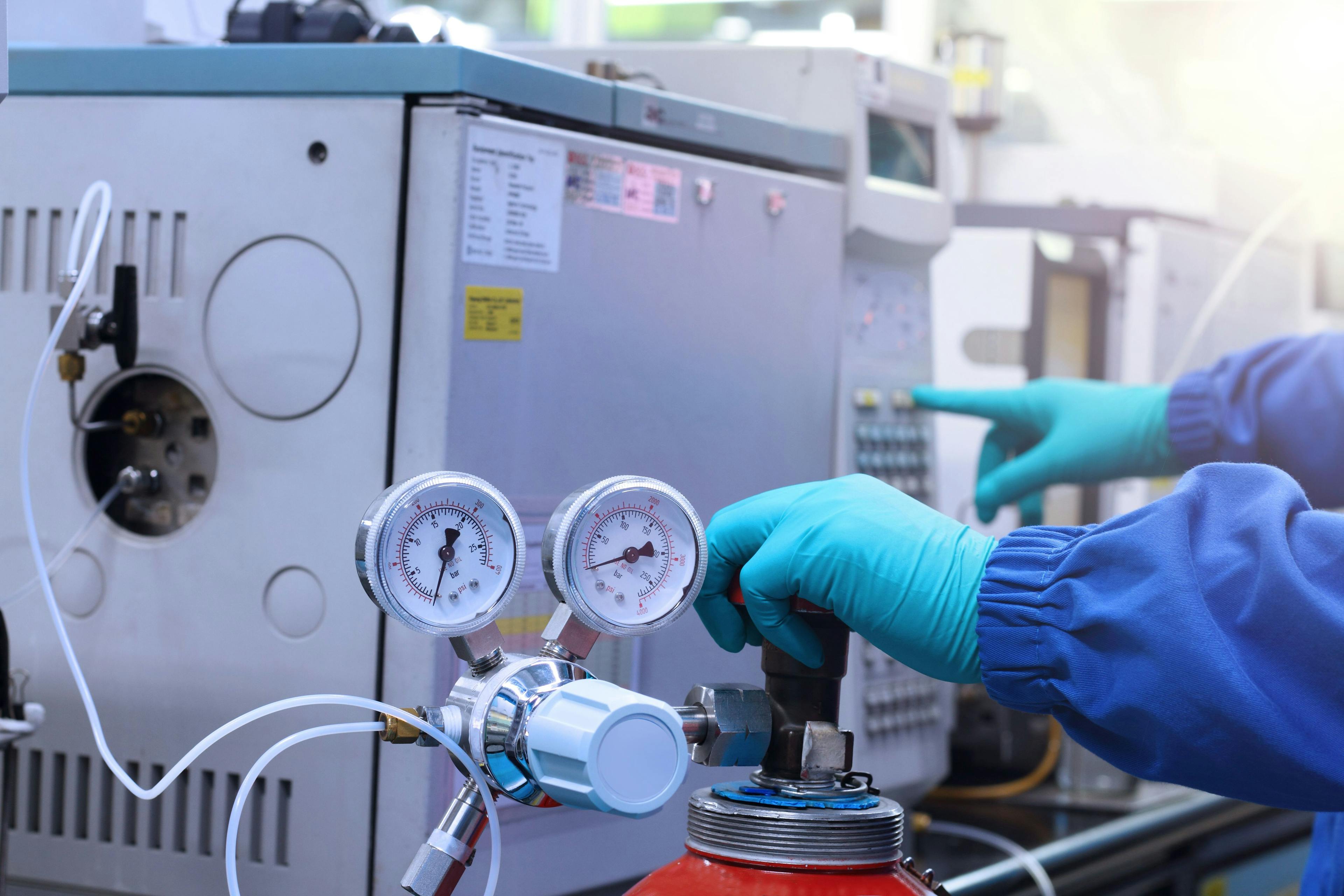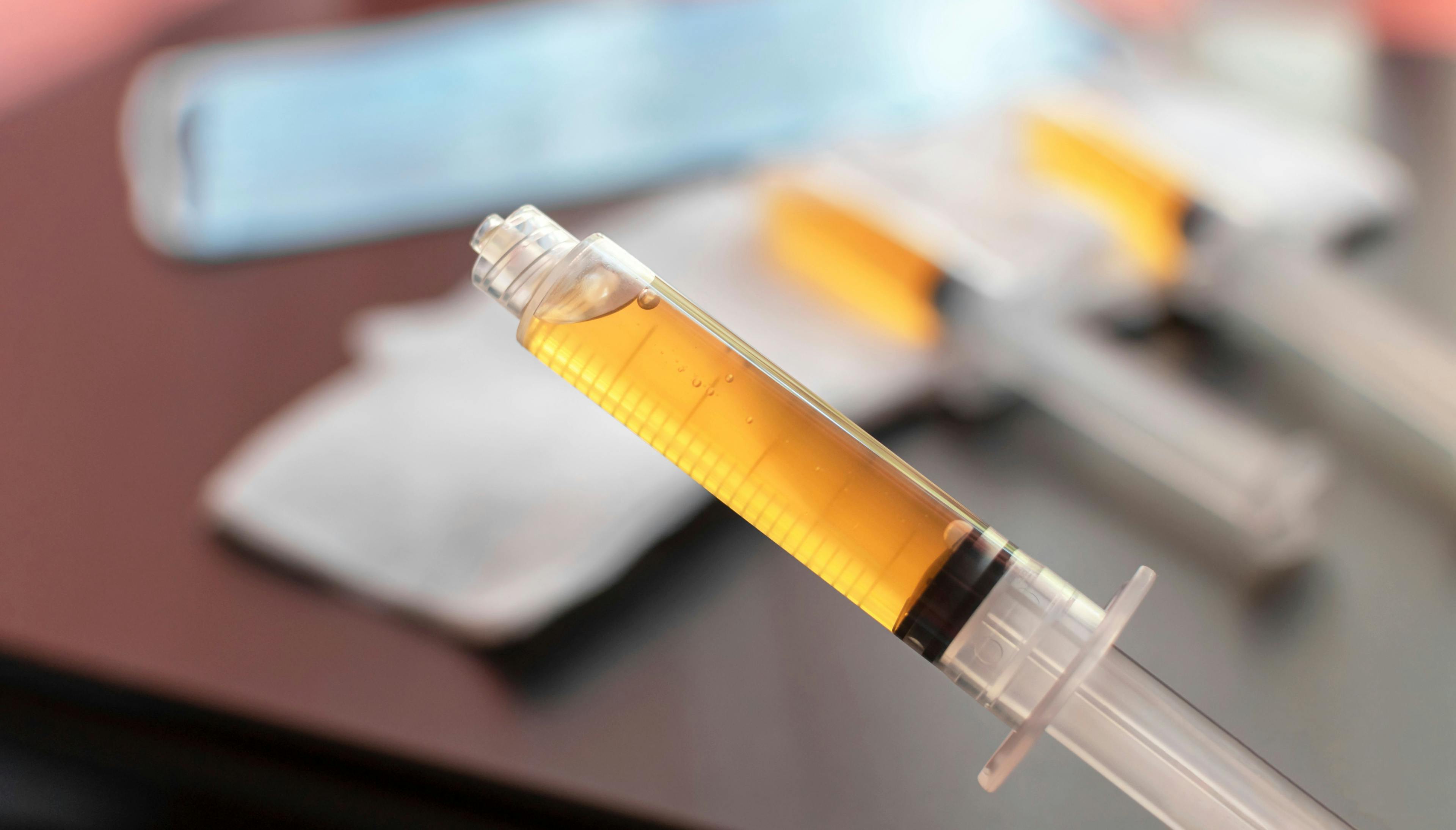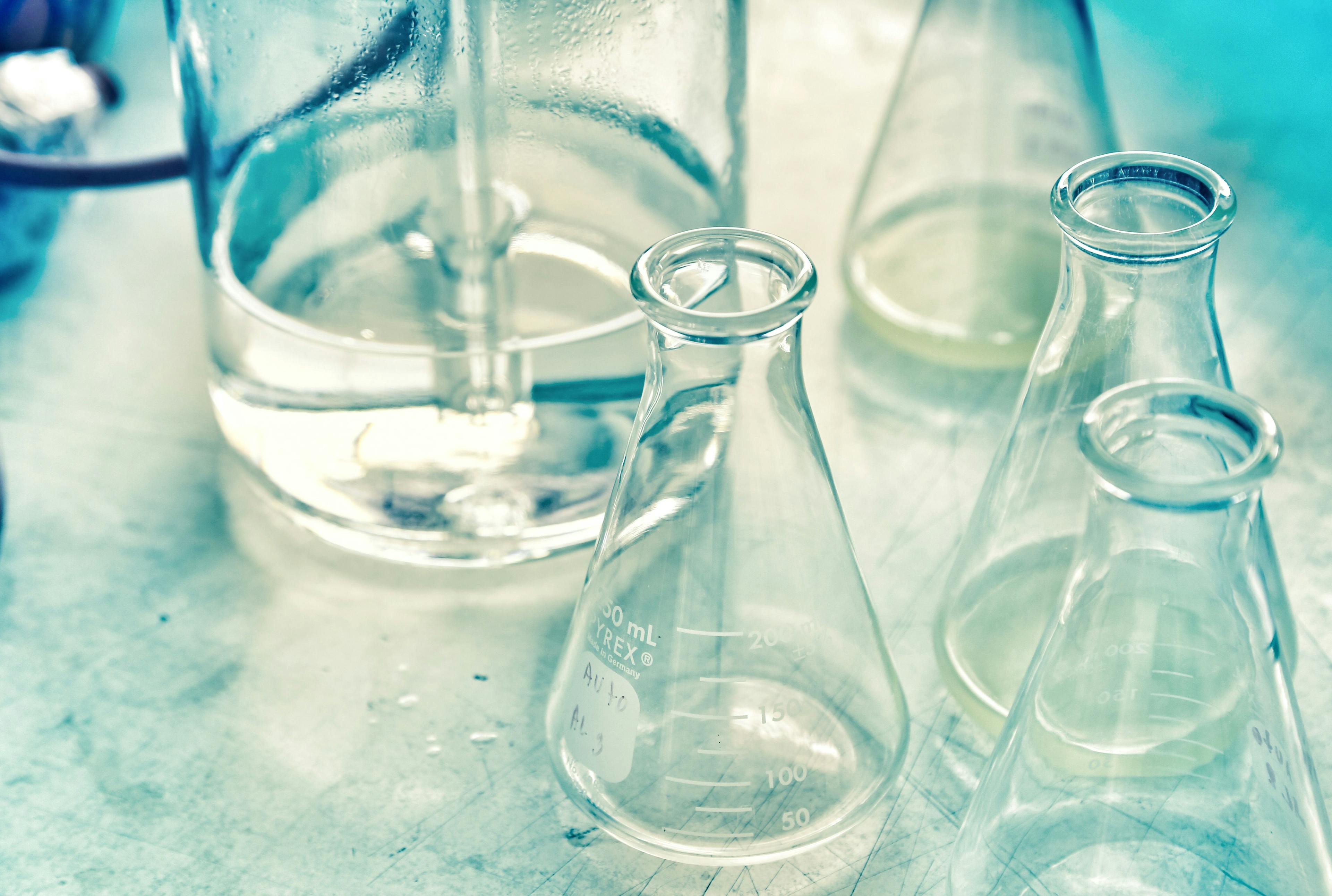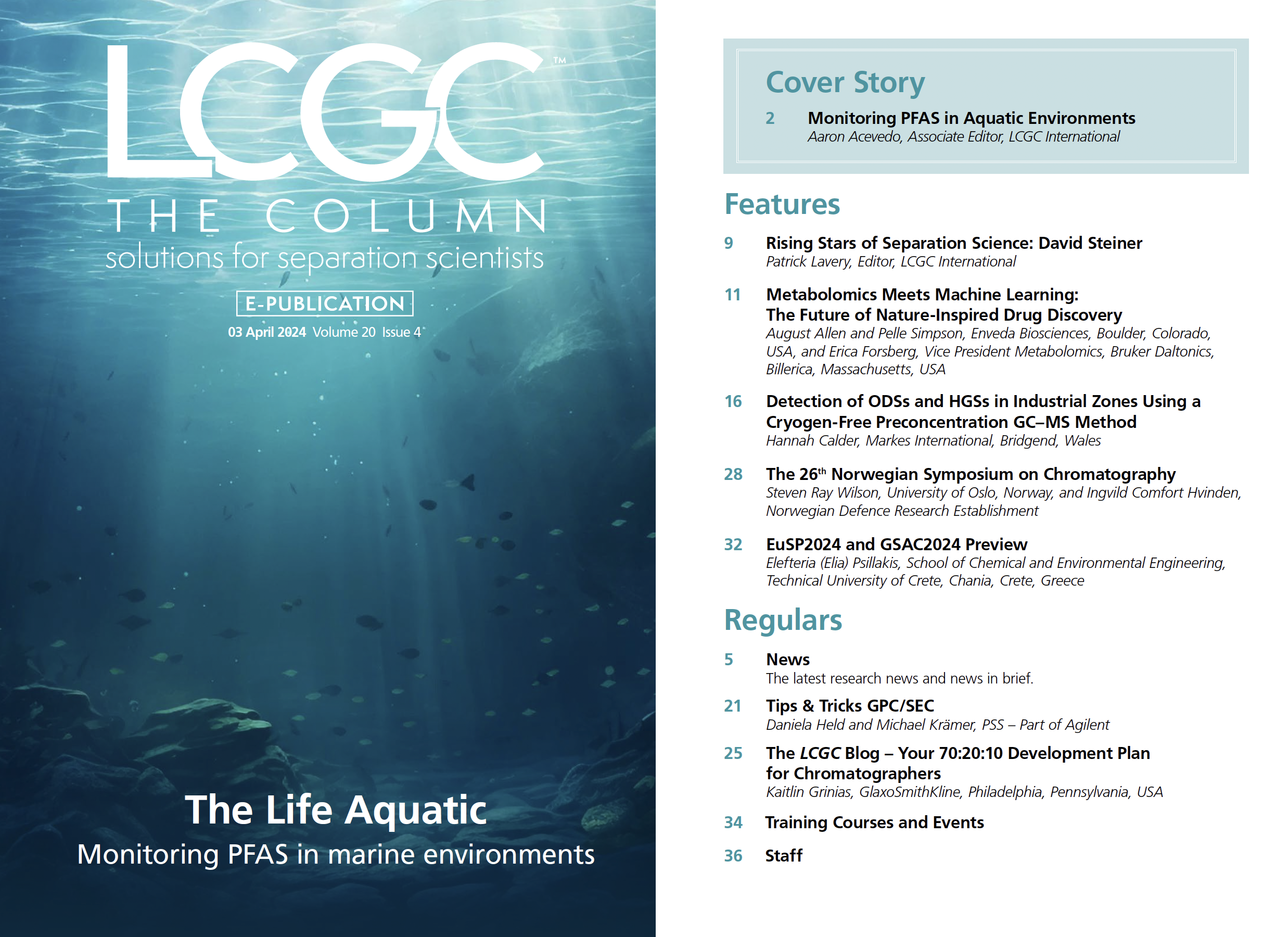Rising Stars of Separation Science: David Steiner
This month we interview David Steiner, head of product development at LVA GmbH–Lebensmittelversuchsanstalt in Klosterneuburg, Austria about his work developing liquid chromatography–tandem mass spectrometry (LC–MS/MS) multiclass methods for classification of feedstuff, including replication of model complex feedstuffs in the analytical laboratory.
Papers Mentioned in Interview
(1) Steiner, D.; Malachová, A.; Sulyok, M.; Krska, R. Challenges and Future Directions in LC–MS-Based Multiclass Method Development for the Quantification of Food Contaminants. Anal. Bioanal. Chem. 2021, 413, 25–34. DOI: 10.1007/s00216-020-03015-7
(2) Steiner, D.; Sulyok, M.; Malachová, A.; Mueller, A.; Krska, R. Realizing the Simultaneous Liquid Chromatography–Tandem Mass Spectrometry-Based Quantification of >1200 Biotoxins, Pesticides, and Veterinary Drugs in Complex Feed. J. Chromatogr. A 2020, 1629, 461502. DOI: 10.1016/j.chroma.2020.461502
(3) Steiner, D.; Krska, R.; Malachová, A.; Taschl, I.; Sulyok, M. Evaluation of Matrix Effects and Extraction Efficiencies of LC–MS/MS Methods as the Essential Part for Proper Validation of Multiclass Contaminants in Complex Feed. J. Agric. Food Chem. 2020, 68 (12), 3868–3880. DOI: 10.1021/acs.jafc.9b07706
DAVID STEINER has been immersed in the field of analytical chemistry, specializing in chromatographic separation methods, for over eight years. His primary focus has been on the development of multi-contaminant methods using LC–MS/MS systems for food and feed. One of his most significant contributions was the development of a globally unique LC-MS/MS multi-method for detecting over 1200 agricultural contaminants, including mycotoxins, pesticides, and veterinary drugs. David achieved noteworthy milestones in the validation processes of feed matrices, both for raw feed materials and complex feedstuff. His innovative approach involving the creation of artificial complex feed formulations earned recognition from the American Chemical Society in 2021 with the best research article of the year award in the section of Agrochemical. Following the completion of his PhD, David transitioned to Romer Labs, where he assumed leadership of the LC–MS/MS Analytics Department in Tulln, Austria, and also took responsibility for the analytical laboratory in Runcorn, UK. Currently, he is the Head of Product Development at LVA GmbH.
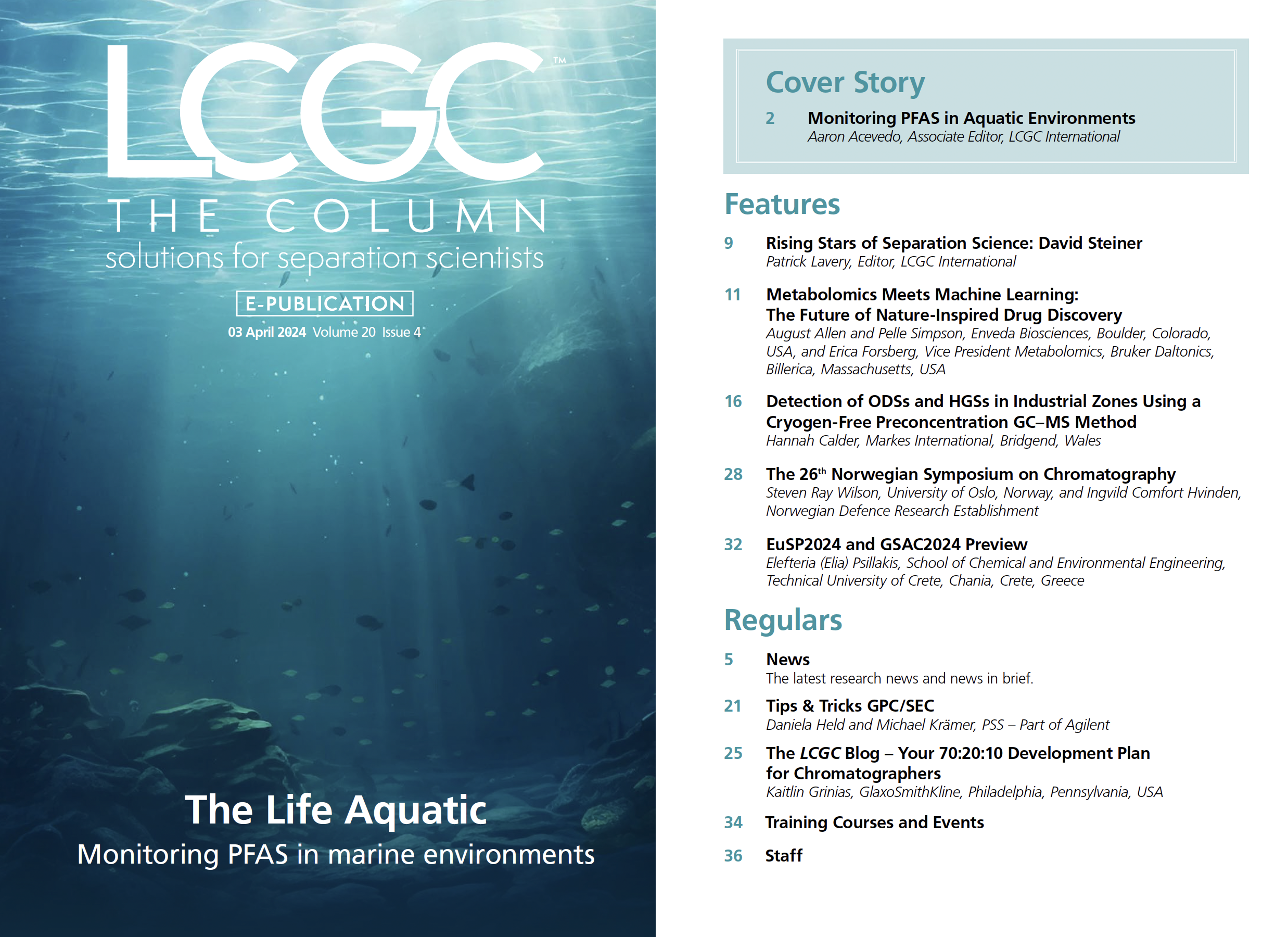
Analytical Challenges in Measuring Migration from Food Contact Materials
November 2nd 2015Food contact materials contain low molecular weight additives and processing aids which can migrate into foods leading to trace levels of contamination. Food safety is ensured through regulations, comprising compositional controls and migration limits, which present a significant analytical challenge to the food industry to ensure compliance and demonstrate due diligence. Of the various analytical approaches, LC-MS/MS has proved to be an essential tool in monitoring migration of target compounds into foods, and more sophisticated approaches such as LC-high resolution MS (Orbitrap) are being increasingly used for untargeted analysis to monitor non-intentionally added substances. This podcast will provide an overview to this area, illustrated with various applications showing current approaches being employed.
Extracting Estrogenic Hormones Using Rotating Disk and Modified Clays
April 14th 2025University of Caldas and University of Chile researchers extracted estrogenic hormones from wastewater samples using rotating disk sorption extraction. After extraction, the concentrated analytes were measured using liquid chromatography coupled with photodiode array detection (HPLC-PDA).
Silvia Radenkovic on Building Connections in the Scientific Community
April 11th 2025In the second part of our conversation with Silvia Radenkovic, she shares insights into her involvement in scientific organizations and offers advice for young scientists looking to engage more in scientific organizations.


